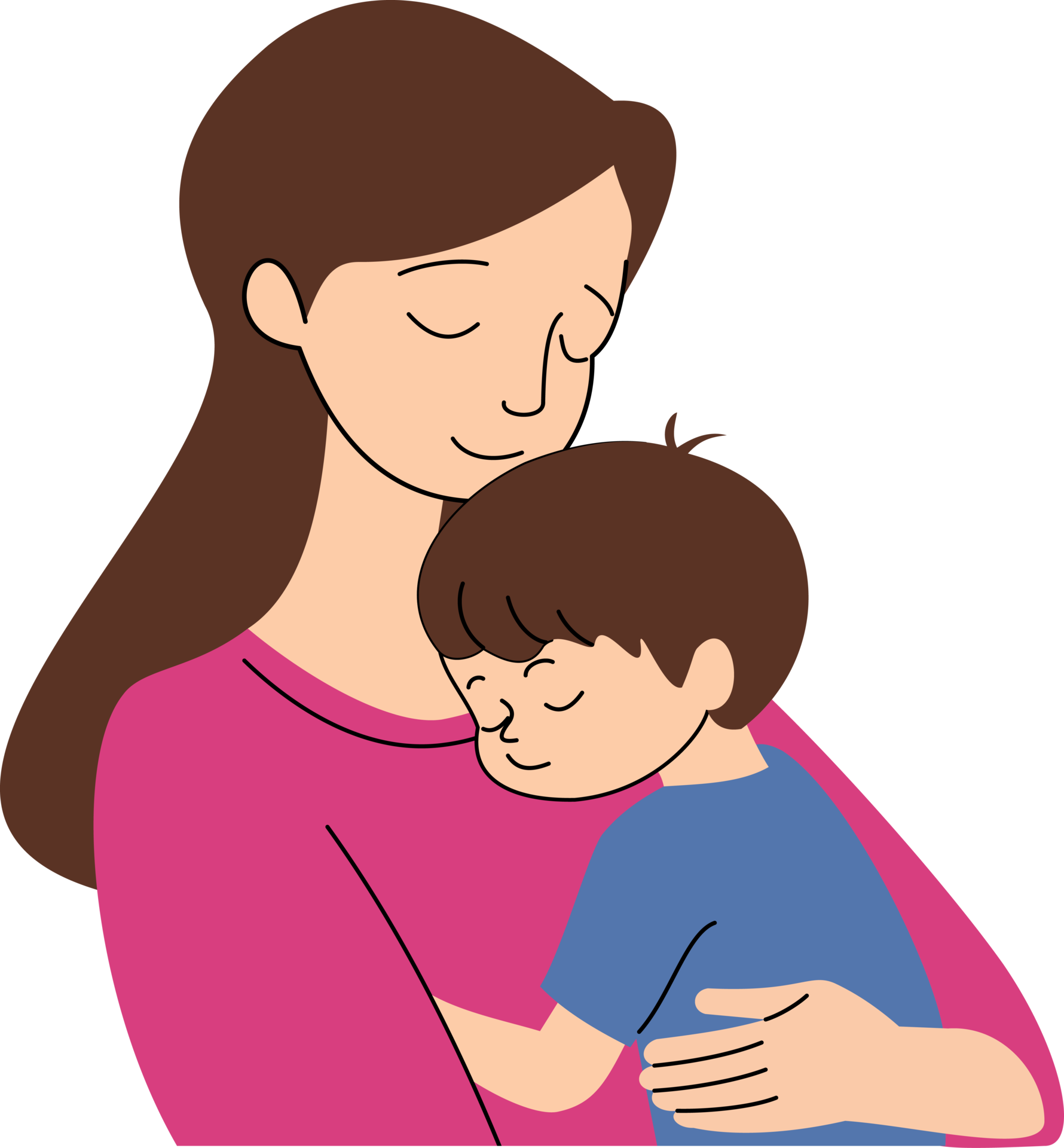Mother Son Resemblance: Uncovering The Special Connections And Shared Traits
Have you ever looked at a young boy and, in a way, seen his mother's eyes looking back? It's a pretty common observation, that, and it sparks a lot of curiosity, doesn't it? The idea of a son carrying traits from his mother is something people talk about quite a bit, whether it's a particular smile, a way of speaking, or even just a general look. This fascinating connection goes deeper than just surface appearances, reaching into the very core of family ties and genetics, so it's a topic that really gets folks thinking.
There's a natural wonder about how family traits pass down through generations. When we talk about a mother, we're talking about a female parent, someone who nurtures a child's physical, emotional, and even spiritual growth, imparting values for the child to learn and share. This profound influence, you know, isn't just about upbringing; it also plays a part in the subtle ways a child might mirror their parent, physically and otherwise. It's a beautiful thing to observe, the way these connections show up.
This article will explore the interesting world of mother son resemblance, looking at the science behind shared looks and the unique bond that often forms between them. We'll touch on genetics, certainly, but also the broader characteristics that make this relationship so special. It's truly a topic that captures the imagination, seeing those familiar features pop up in the next generation, isn't it?
Table of Contents
- The Science Behind the Looks: Genetics and Inheritance
- More Than Skin Deep: Behavioral and Personality Traits
- The Unique Mother-Son Bond
- Common Questions About Mother Son Resemblance
- Celebrating the Connection
The Science Behind the Looks: Genetics and Inheritance
So, when we talk about mother son resemblance, it's really about genetics, primarily. Every person gets half of their genetic material from their mother and half from their father. This mix of genes is what determines everything from hair color to height, and yes, even the shape of your nose or the way you smile. It's a rather intricate dance of DNA, you know, that shapes who we become physically. It's not just a random chance; there's a definite pattern to it.
For a long time, people have wondered about which parent a child will favor more. While it's a pretty even split in terms of overall genetic contribution, certain traits might appear more dominant from one side. It's not always straightforward, but the science of inheritance gives us some pretty good ideas about why some sons really do look quite a bit like their mothers. It's a fascinating area of study, that, and it helps us appreciate the biological ties that bind families.
Think about it: from the moment of conception, a unique genetic blueprint is created. This blueprint contains instructions for every single cell in your body, influencing everything from your eye color to how your bones grow. It's a truly amazing process, and it's why every person is unique, yet also shares so much with their family. It’s a very complex system, really, but it works so seamlessly.
The X-Chromosome and Its Role
Now, here's an interesting bit about genetics: sons get their X-chromosome exclusively from their mother. Girls, on the other hand, get one X from their mother and one from their father. This X-chromosome carries a lot of genetic information, arguably more than the Y-chromosome that sons get from their father. So, in a way, some traits linked to the X-chromosome might be more visibly expressed in sons because they only have that single X from their mother. This is often talked about, you know, when discussing certain inherited conditions or even some physical characteristics. It’s a key piece of the puzzle.
Things like color blindness, for instance, are often linked to the X-chromosome. Since sons only have one X, if that X carries the gene for color blindness, they will likely show the trait. Daughters, having two X chromosomes, would need the gene on both to show the trait, or one to be a carrier. This particular genetic pathway can sometimes explain why certain facial features or other characteristics might seem to skip a generation or appear more strongly in sons from their maternal line. It's a little complex, but it makes sense when you think about it.
This X-linked inheritance means that if a mother carries a gene on her X-chromosome, her son has a 50% chance of inheriting it. This is quite different from how traits are passed down from the father, where sons receive a Y-chromosome

mother holding child. illustration of mother with her little son

Mother And Daughter Romantic Warm Mothers Day Festival Pattern Cartoon

Celebrating Mother’s Day: Honoring the Unconditional Love and